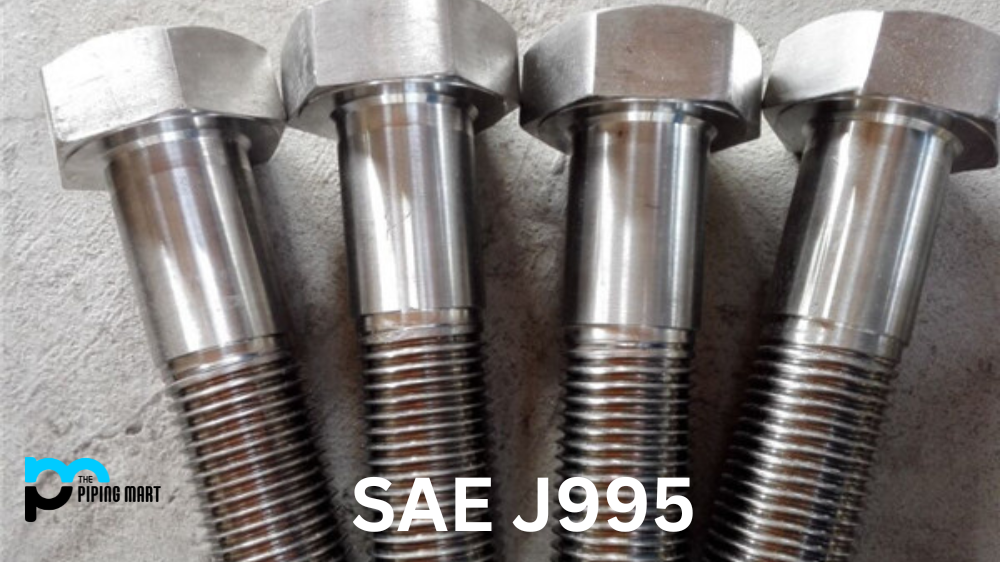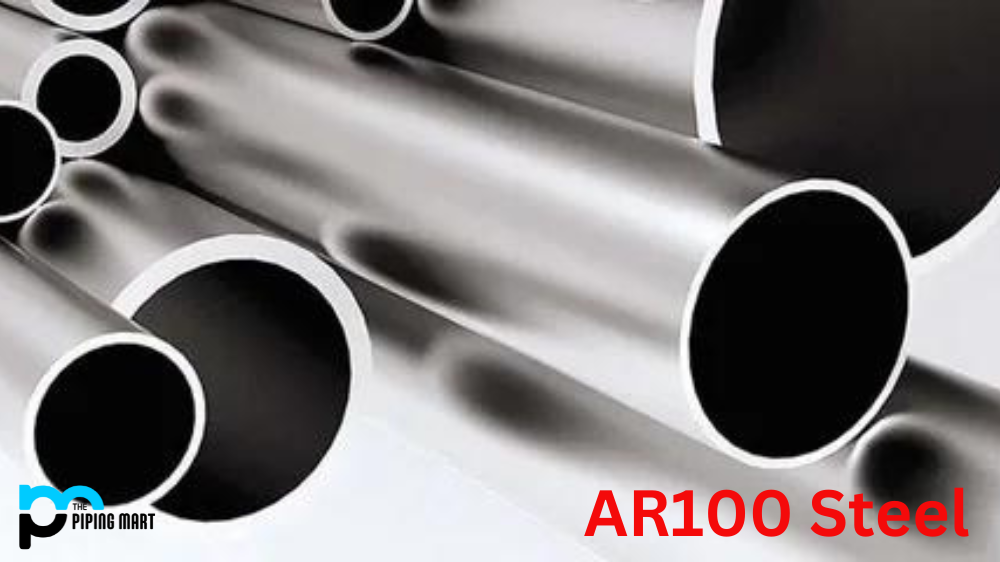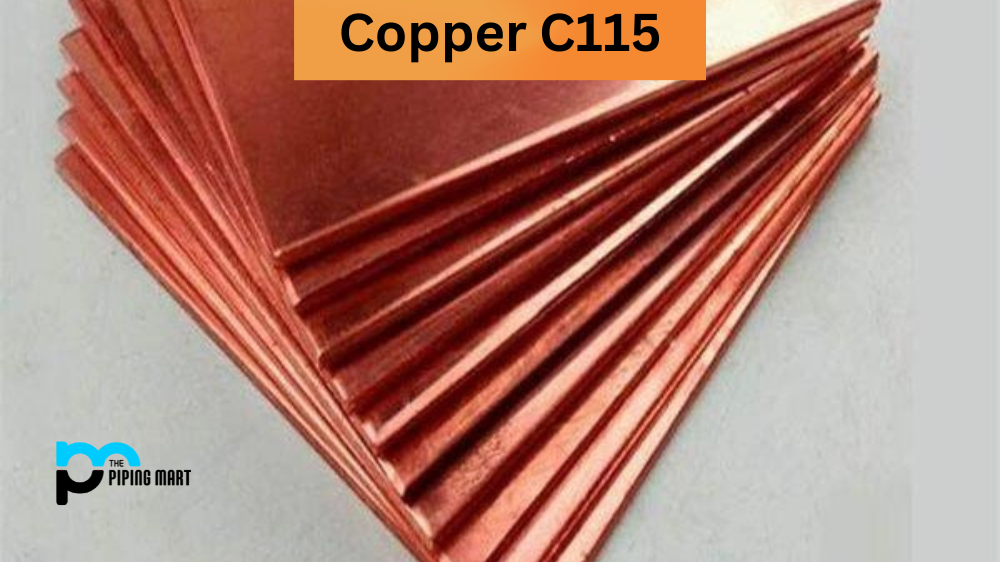The materials used are critical to their functionality and longevity when manufacturing fasteners. One such material is SAE J995, a specification set forth by the Society of Automotive Engineers (SAE) to ensure the quality of the fastener material. In this blog post, we will dive deeper into SAE J995, covering everything from its composition and mechanical properties to its uses and corrosion resistance.
What is SAE J995?
SAE J995 is a technical specification published by the Society of Automotive Engineers, which outlines the design and structural requirements for self-tapping, push-on, and thread-cutting fasteners. These fasteners are designed for high-stress applications where strength and reliability are crucial, ensuring excellent durability even in extreme conditions.
SAE J995 Composition
SAE J995 bolt is a low-carbon chromium steel alloy, which helps to make it more corrosion-resistant than other types of steel fasteners. This alloy comprises carbon, manganese, sulfur, phosphorus, and sometimes silicone, nickel, and molybdenum. The exact composition of SAE J995 can vary, depending on the manufacturer and the specific grade of the material.
| Grade | Carbon, % | Phosphorus, % | Manganese, % | Sulfur, % |
|---|---|---|---|---|
| 2 | 0.47 max | 0.120 max | – | 0.15 max |
| 5 | 0.55 max | 0.050 max | 0.30 min | 0.15 max |
| 8 | 0.55 max | 0.040 max | 0.30 min | 0.05 max |
SAE J995 Mechanical Properties
SAE J995 bolts has excellent mechanical properties, making it ideal for various applications that require high strength and durability. The tensile strength of SAE J995 ranges from 74 ksi to 150 ksi, while the yield strength can be between 57 ksi to 130 ksi. Moreover, SAE J995 has a high fatigue limit, meaning it can withstand repeated stress cycles without cracking or breaking. It is also resistant to impact loads, making it suitable for applications that require shock resistance.
| Grade | Nominal Size, inches | Proofload, UNC and UN 8 Threads, psi | Rockwell Hardness |
|---|---|---|---|
| 2 | 1/4 thru 1-1/2 | 90,000 | C32 Max |
| 5 | 1/4 thru 1 | 120,000 | C32 Max |
| Over 1 thru 1-1/2 | 105,000 | C32 Max | |
| 8 | 1/4 thru 5/8 | 150,000 | C24-C32 |
| Over 5/8 thru 1 | 150,000 | C26-C34 | |
| Over 1 thru 1-1/2 | 150,000 | C26-C36 |
SAE J995 Physical Properties
In addition to its mechanical properties, SAE J995 nut has excellent physical properties. It has a high melting point of 2,785 °F, making it suitable for high-temperature environments. It also has a low coefficient of thermal expansion, meaning that it does not expand or contract significantly when subjected to temperature changes. Furthermore, it has good electrical conductivity, making it suitable for applications requiring electrical energy transfer.
SAE J995 Uses
SAE J995 hex nuts is commonly used in various automotive, construction, and industrial applications. Some common examples of where SAE J995 fasteners can be found include brake systems, chassis, suspension systems, and engine mounts in vehicles. In the construction industry, SAE J995 fasteners are used in steel structures, bridges, and high-rise buildings. In industrial applications, they are used in machinery, equipment, and pressure vessels.
SAE J995 Corrosion Resistance
Due to the low-carbon chromium steel alloy used in the composition of SAE J995, it has superior corrosion resistance compared to other types of steel fasteners. This makes it an excellent choice for outdoor applications where exposure to moisture, heat, and other environmental conditions is likely. Additionally, its resistance to galvanic corrosion, which occurs when two different metals are in contact, adds to its durability and longevity.
SAE J995 Heat Treatment
SAE J995 nuts can be heat-treated to enhance its mechanical properties. Heat treatment involves heating the material to a specific temperature, holding it for a set amount, and then cooling it at a controlled rate. The most common heat treatment methods for SAE J995 include annealing, normalizing, quenching, and tempering. These methods can alter the material’s grain structure, changing its hardness, strength, and ductility.
SAE J995 Machining
When machining SAE J995, it is essential to use appropriate cutting tools and machining techniques. Hardened carbide cutting tools are typically used, and lubrication is necessary to reduce heat buildup and prevent metallic chip buildup. Additionally, SAE J995 tends to work hard, so machining should be done at low speeds and with light cuts to avoid damaging the material.
SAE J995 Welding
Welding SAE J995 hex nut requires careful attention to ensure that the material’s composition and mechanical properties are not compromised. Before welding, it is crucial to clean the material’s surfaces to remove any rust or contaminants. Additionally, welding should be done using low hydrogen electrodes to prevent hydrogen embrittlement, which can weaken the fabric.
Conclusion
SAE J995 nuts is an excellent material choice for fasteners that require high strength, durability, and corrosion resistance. It’s unique composition and excellent mechanical and physical properties make it suitable for various applications. Whether you are in the automotive, construction, or industrial sector, SAE J995 fasteners can provide the reliability and efficiency necessary for your products to perform at their best.

Abhishek is a seasoned blogger and industry expert, sharing his insights and knowledge on various topics. With his research, Abhishek offers valuable insights and tips for professionals and enthusiasts. Follow him for expert advice on the latest trends and developments in the metal industry.




